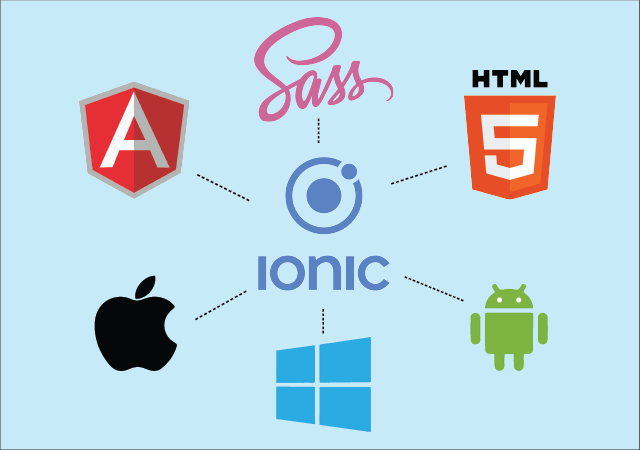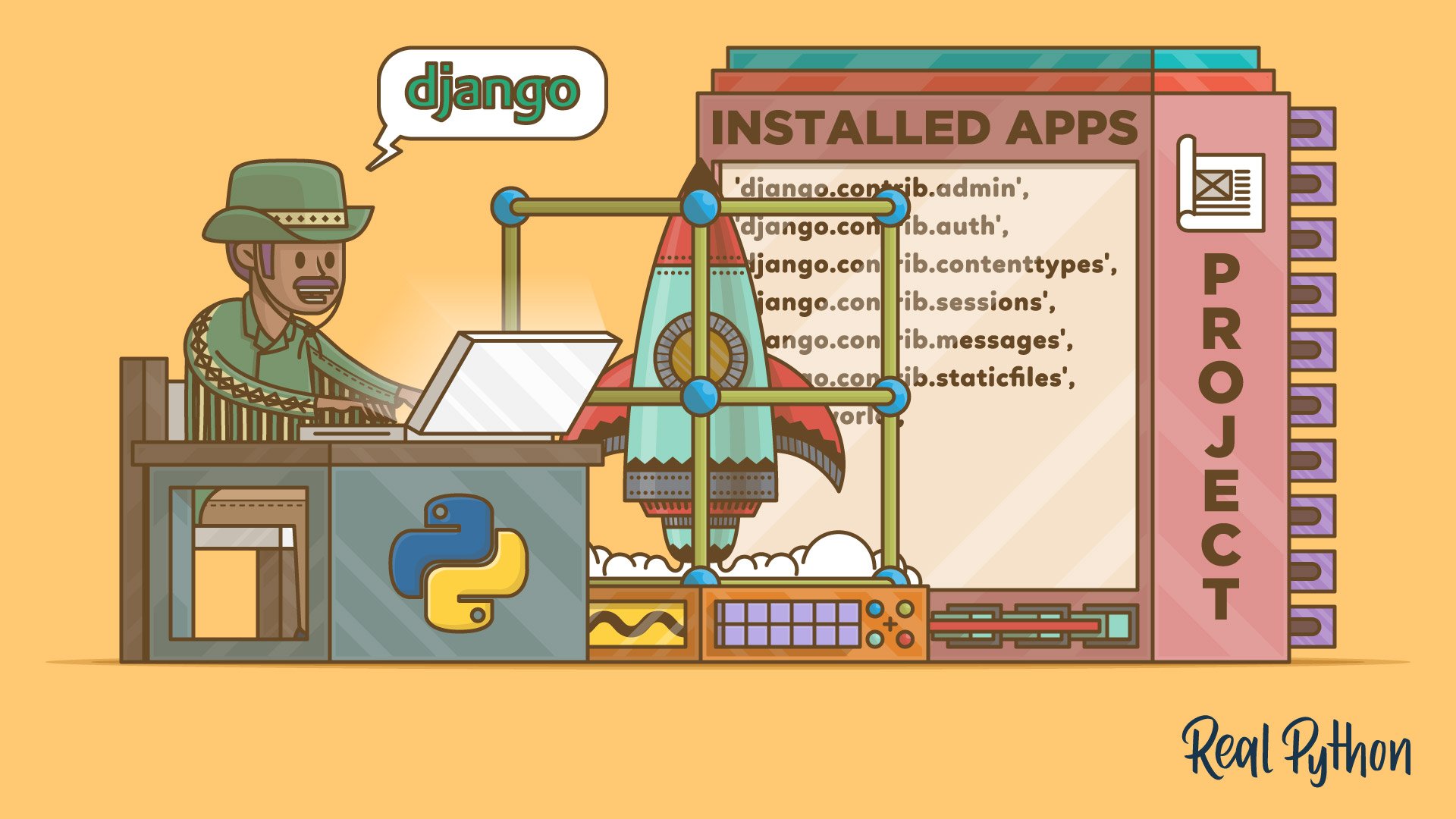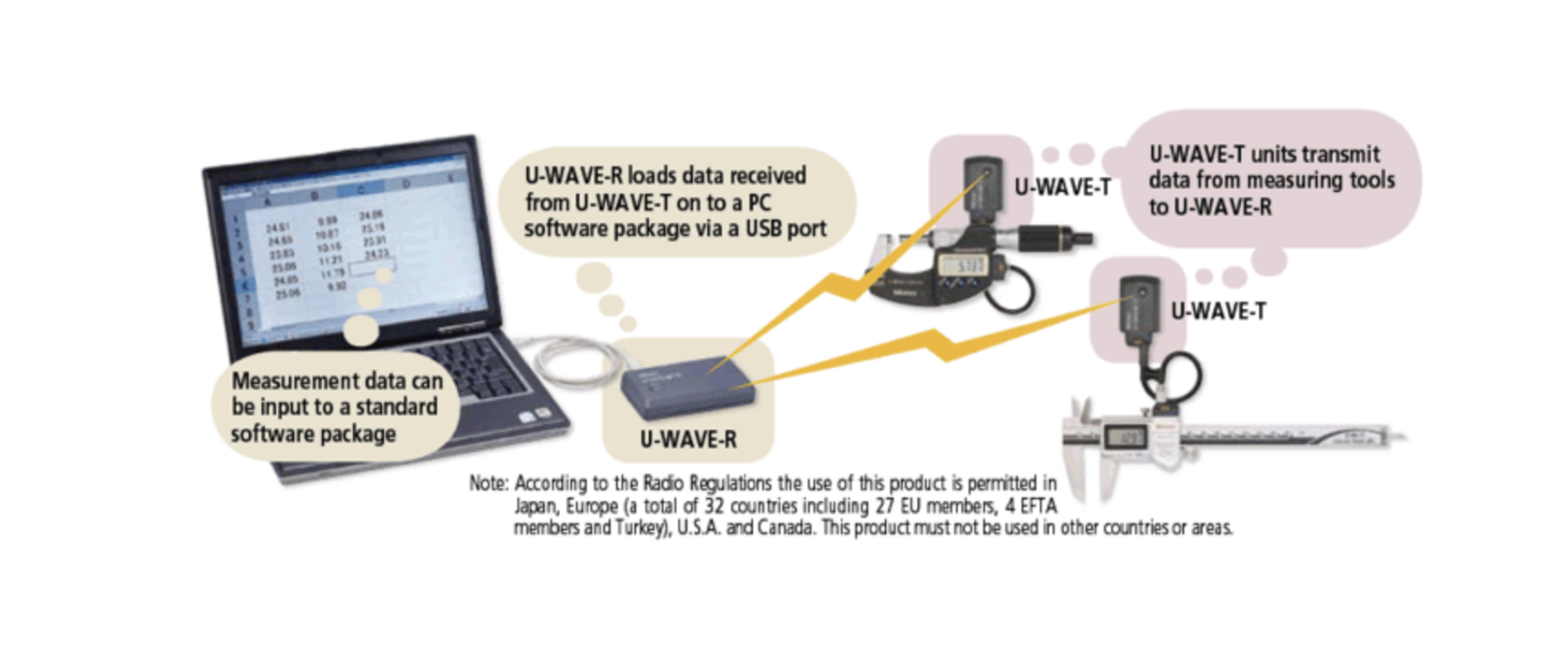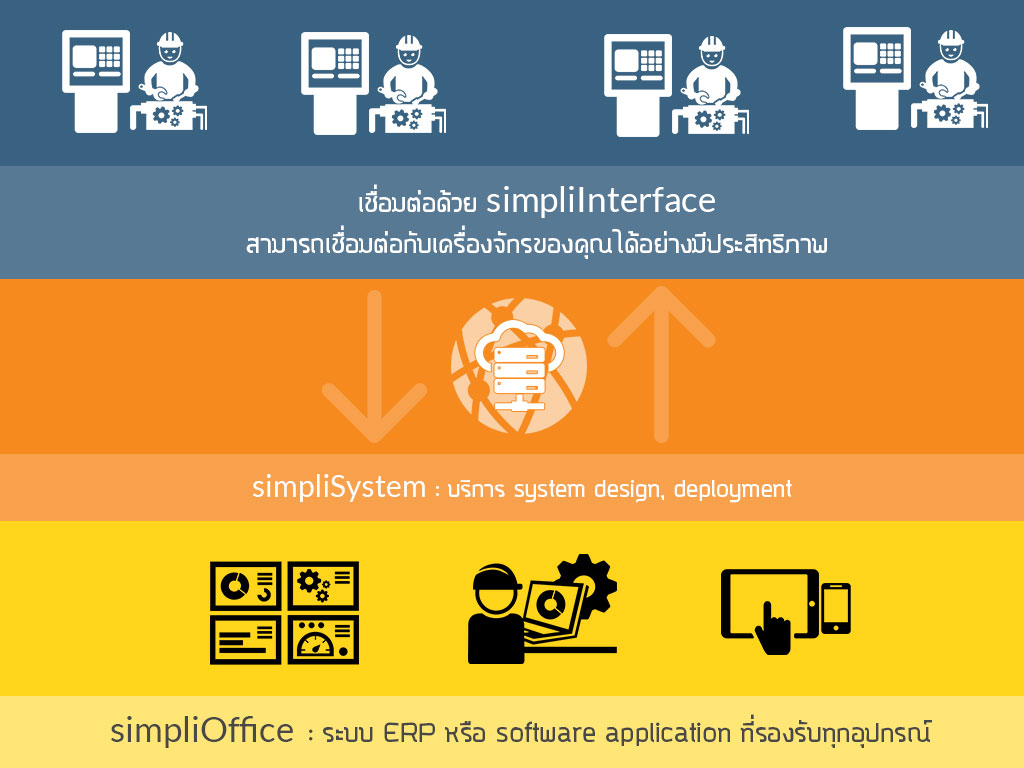เราจะทำให้ program ที่มีขั้นตอนการทำงานที่ซับซ้อน และ ต้องแบ่งงานให้กับ programmer หลายๆ คนได้อย่างไร ?
หลายๆคน คงได้อ่านหนังสือเกี่ยว software engineering มาหลายๆ เล่ม ก็จะมีข้อเสนอแนะหลายวิธี แต่วันนี้ผมจะมาพูดถึงการควบคุมลำดับการทำงานของ program ที่ซับซ้อน ให้ง่ายขึ้นด้วยการสร้าง workflow engine system ขึ้นมาใช้เอง ลองกลับไปอ่านบทความก่อนหน้านี้ สร้าง business workflow process system ด้วย networkx.org
จากที่เคยเขียนเกี่ยวกับ networkX เราก็จะใช้ความสามารถของ networkX มาควบคุมการทำงานของ workflow โดยใช้เทคนิคของการเรียก function ด้วย string ผ่าน getattr function ใน python และใช้ successors function
ตัวอย่าง code
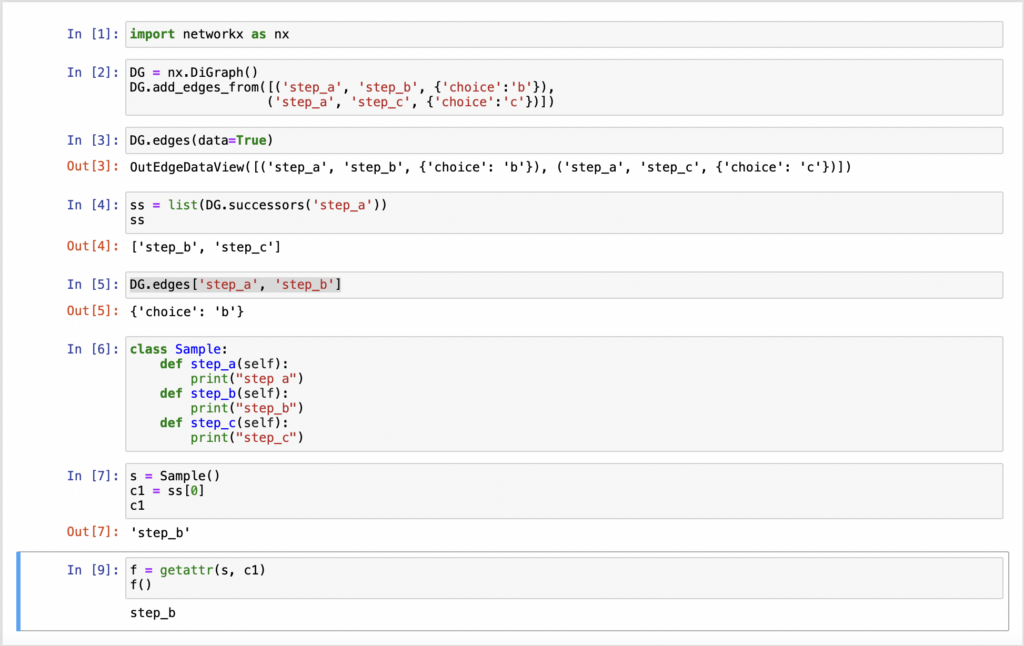
เพื่อนๆ คงจะพอเห็นแนวแล้วว่า flow control ของ program จะใช้ successors และเราก็สามารถเทียบกับ edge data ( ในกรณีนี้คือ choice: ‘b’ และ choice: ‘c’ ) เพื่อเลือก successor ที่สอดคล้องกับ edge data
ถ้าใช้วิธีการนี้เราก็สามารถแบ่งงานกับ programmer ในทีมได้ง่ายขึ้น เพราะแต่ละคนไม่ต้องสนใจว่า code ที่ตัวเองเขียนจะต้องถูกเรียกไปที่ไหน ซึ่งลองจินตนาการว่า function ที่จะถูกเรียกใช้งานต่อไปเขียนด้วย programmer อีกคนในทีม เป็นการ decoupling ผ่านวิธีการสร้าง workflow engine
Get in Touch with us
Related Posts
- AI驱动的医院信息系统纵向整合(Vertical Integration)
- How AI Enables Vertical Integration of Hospital Systems
- 工业AI系统中的AI加速器 为什么“软件框架”比“芯片性能”更重要
- AI Accelerators in Industrial AI Systems: Why Software Frameworks Matter More Than Chips
- 面向中国企业的系统开发:以 AI + 工作流安全集成电商与 ERP
- Global-Ready System Development for EC–ERP Integration with AI & Workflow
- 不可靠的“智能”系统所隐藏的真实成本
- The Hidden Cost of ‘Smart’ Systems That Don’t Work Reliably
- GPU vs LPU vs TPU:如何选择合适的 AI 加速器
- GPU vs LPU vs TPU: Choosing the Right AI Accelerator
- 什么是 LPU?面向中国企业的实践性解析与应用场景
- What Is an LPU? A Practical Introduction and Real‑World Applications
- 面向软件工程师的网络安全术语对照表
- Cybersecurity Terms Explained for Software Developers
- 现代网络安全监控与事件响应系统设计 基于 Wazuh、SOAR 与威胁情报的可落地架构实践
- Building a Modern Cybersecurity Monitoring & Response System. A Practical Architecture Using Wazuh, SOAR, and Threat Intelligence
- AI 时代的经典编程思想
- Classic Programming Concepts in the Age of AI
- SimpliPOSFlex. 面向真实作业现场的 POS 系统(中国市场版)
- SimpliPOSFlex. The POS Designed for Businesses Where Reality Matters






